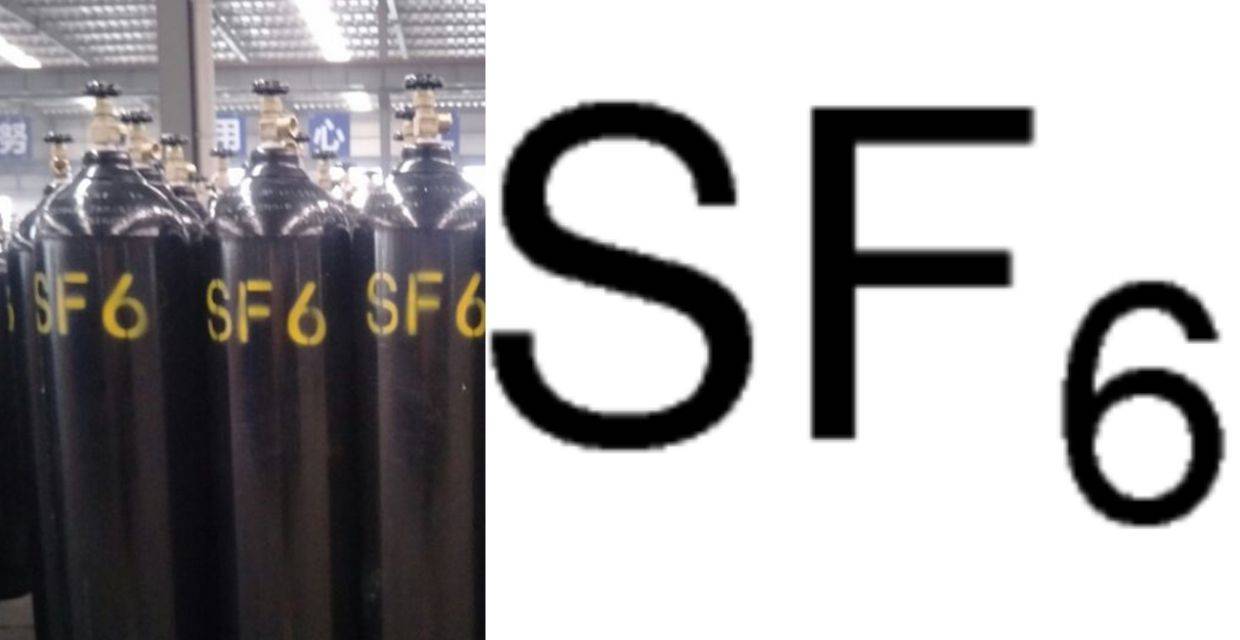SF6 WAS A GOOD FROM A SAFETY AND INSULATION STANDPOINT: SCIENTISTS WANT A GREENER SOLUTION

Considered as the most potent gas, Sulphur Hexafluoride (SF6); is a man-made colourless and odourless gas.
This semisynthetic gas is a renowned gas is highly effective in providing insulation and protection against short-circuiting and accidents in electrical equipments. Thus, it is used in everything from large power stations and wind turbines to electrical substations. Other than this, it is used in electrical medium and high voltage equipment for its reliability, light maintenance needs and minimal space requirements.
But what makes it a question actually comes here.
When leaked into the atmosphere, the man made gas is the most potent of all greenhouse gases regulated under the Kyoto Protocol.
The Global Warming Potential (GWP), what is defined as the amount of heat a gas absorbs as the multiple of the same mass of carbon dioxide, for SF6 is around 22,800 over a 100-year time horizon.
This is one of those lesser known gases that trap more heat in the atmosphere relative to their mass. In contradiction, these gases could, without innovation and proactive regulation, increase the quantity as a part of the shift of energy systems towards electric power.
Frederic Godemel, executive vice president for power systems and services at Schneider Electric, says," SF6 was a good gas from a safety and insulation standpoint. It was not good for greenhouse gas emissions and it is now time to transition to a greener solution."
The global organizations are at an urge to do away with SF6 as a broader push to harness the problem of climate changes.
The European Commission tried to eliminate SF6 in 2016, but made an exception for the electricity sector.
An assistant professor at the Grenoble Ecole de Management, Marie- Charlotte Guetlein claimed, " When the European Commission reviewed the regulation they judged, based on the feedback from industry, that there were no viable and cost- efficient alternatives to SF6, but that picture has changed since then." She added, "Technologies have advanced and we do now see alternatives.”
Countries like the US and China have reportedly reduced SF6 through voluntary measures.
A substitute for SF6 should meet its technical performance with low GWP and match the demanding criteria for switchgear, inclusive of compact size, toxicity, strength and compatibility.
With about a decade of research at the Schneider Electric, there have been some viable alternatives found for SF6. The amazing options include the atmospheric air and vacuum.
Atmospheric air, which was the original approach for insulation and electrical safety purposes before SF6, was not into much consideration as systems came with larger physical space requirements.
"The first ever vehicles were actually electric, but this was abandoned because other options like the internal combustion engine, took the lead and now we are coming back to electric engines again. That's what we are doing with air and SF6- we are keeping the progress made over the past 20 to 30 years," Mr. Godewal said drawing a parallel line to the vehicular sector.
He added," When we started, the first priority was to keep the same level of safety. The second was compactness. We didn't want to come back to technologies that were too big and in fact, we couldn't, because medium voltage technology is now inside buildings and structures which can't be redesigned."
The research at Schneider Electric, has offered a pure air and vacuum based approach that can be an equivalent to SF6, looking at the safety and the spatial dimensions.
Believing that the regulators are now setting the direction for industry to follow giving in ways for the greener transition, Mr.Godewal argues, “Is the technology waiting for the regulations or are the regulations waiting for the technology? This is a similar question to solar panels; the technology was there and the costs went down because the regulations started to favour renewables. For SF6 today, the technology is there and if it scales, it will be cost-competitive with existing SF6 solutions."
"Renewable electricity and electric vehicles are two big components of the decarbonization story, but the byproduct has been the increased use of SF6. If we want a world with less CO2, we need to electrify- but if we electrify, we need to make sure that we don't create another problem by growing our SF6 emissions," said Mr. Godewal.
Accepting this, Marie Charlotte agrees: "This is a major challenge because, on one side, we are trying to develop carbon-neutral energy through renewables, but if we are rolling out switchgear with SF6, we are just swapping one gas for a worse option."
